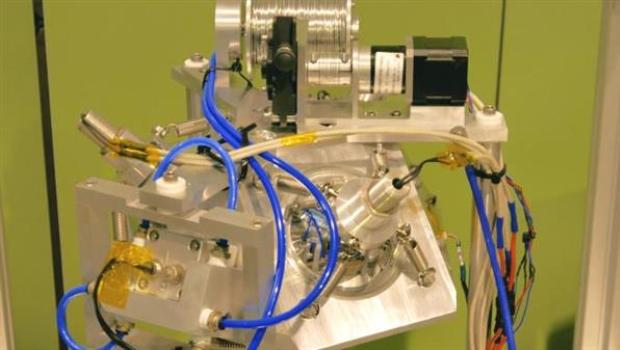All thanks to the Additive Manufacturing Facility with International Space Stations, the 3D printing is becoming quite admired. There is no denying the fact that the advancement has been in full swing in both the niches, but still there are plenty of hurdles on the way. It is because of the fact that metal 3d printing is a highly competitive task.
Luckily, some progress has been made on the metal 3D imprinting in space front, as a group of UK researchers from the University of Birmingham has built up a metal 3D printer that can work in zero gravity. The creative 3D printer was as of late tried at the European Space Agency (ESA) offices in the “vomit comet” zero gravity reenactment.
As Luke Carter, a specialist from the University of Birmingham clarified, metal 3D printing was essentially more muddled to adjust to zero gravity situations than plastic expulsion 3D printers. “It’s testing, metals are an alternate ball game,” he told The Times. These troubles were owed to various components, including controlled power necessities (the machine needed to keep running on just 1300w), and the conspicuous issue of having metal powder (or more awful: liquid metal drops) coasting around the shuttle.
To defeat the issue of weightlessness, the researchers formulated a 3D printer that utilizations aluminum wire in lieu of powders, which is sustained into the machine, warmed to simply over its dissolving point, and expelled into an assigned frame, like how a plastic fiber would be. As the printed aluminum cools, the layers are intertwined by surface strain.
The late test, in which the 3D printer was put installed the ESA “vomit comet” flying machine, demonstrated that the 3D printer did in fact work in zero-gravity situations. As indicated by the scientists, be that as it may, this is only one stage in their procedure, as making the printer feasible for profound space missions, say to Mars, requires a great deal more work.
“It begins to sound a bit science fiction,” clarified Carter. “We are focusing on long-haul space missions. Excursions to Mars, a moon base, when we went to the Moon in the 70s we could take all that we required. It was an outdoors trip. In the event that you are going to Mars, it is an 18-month travel.” as such, the metal 3D printer could be basic to keeping the shuttle completely provided for the long adventure, and could help the space explorers to keep up their living space.
Source: 3ders.org
